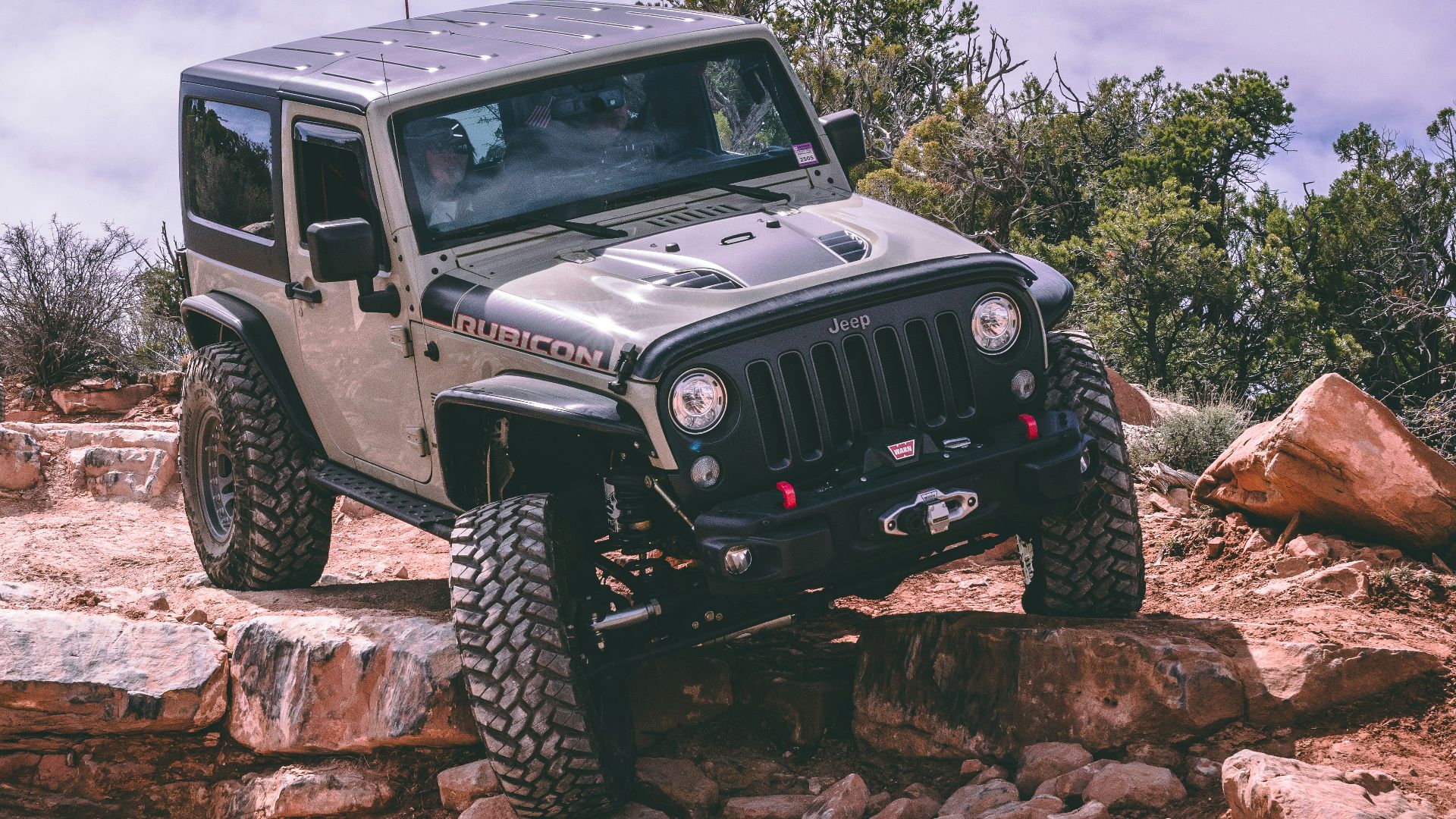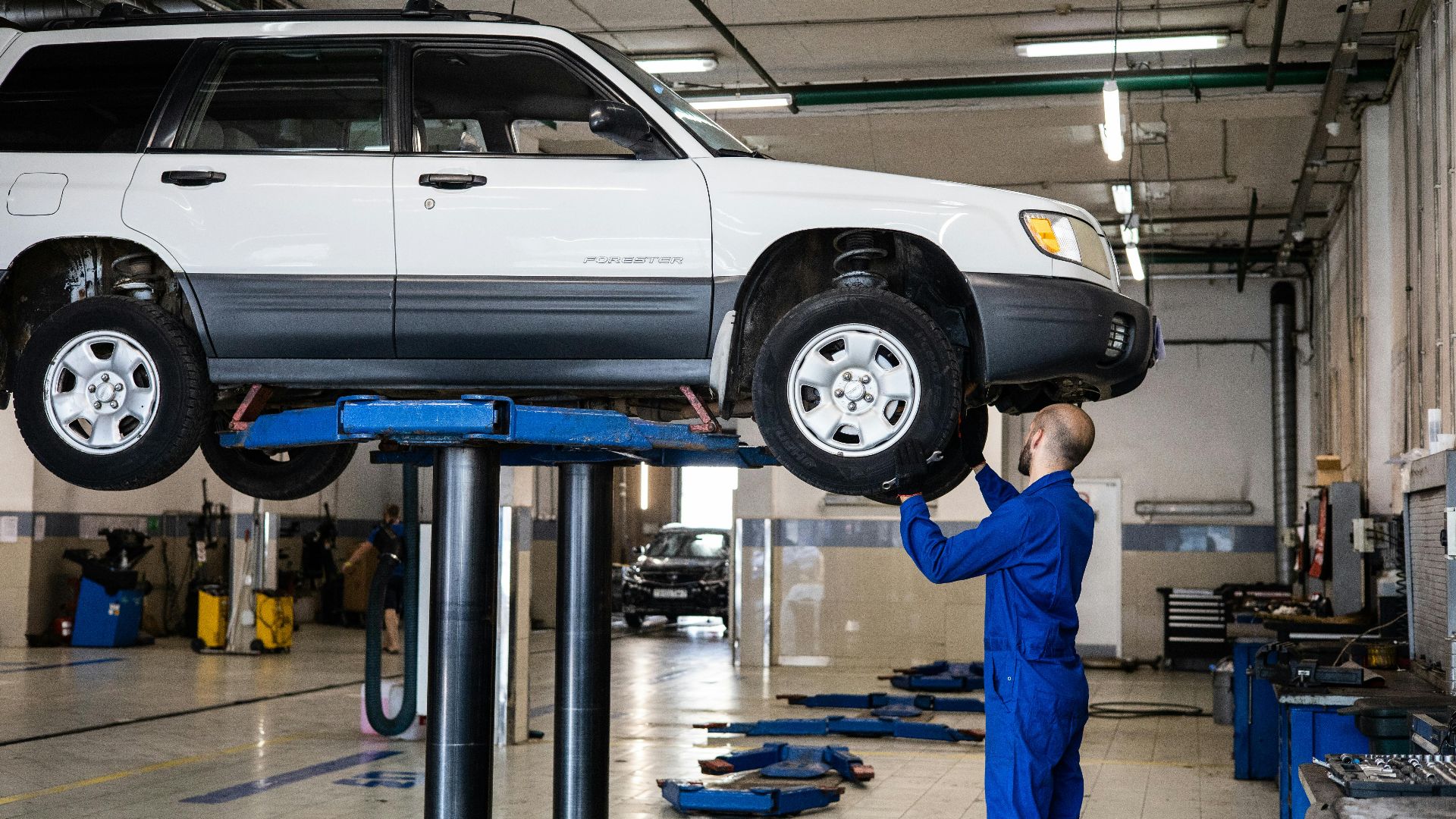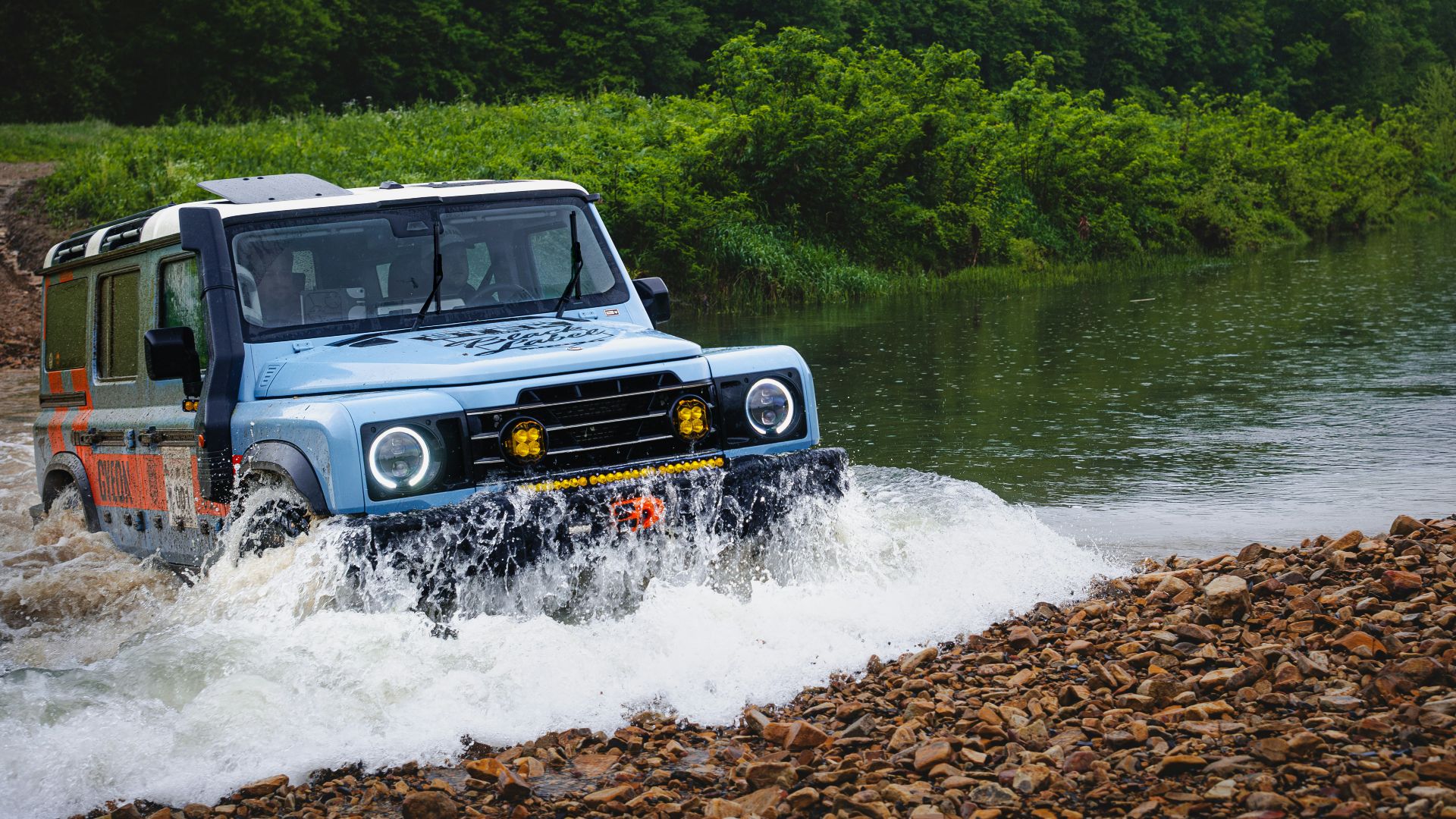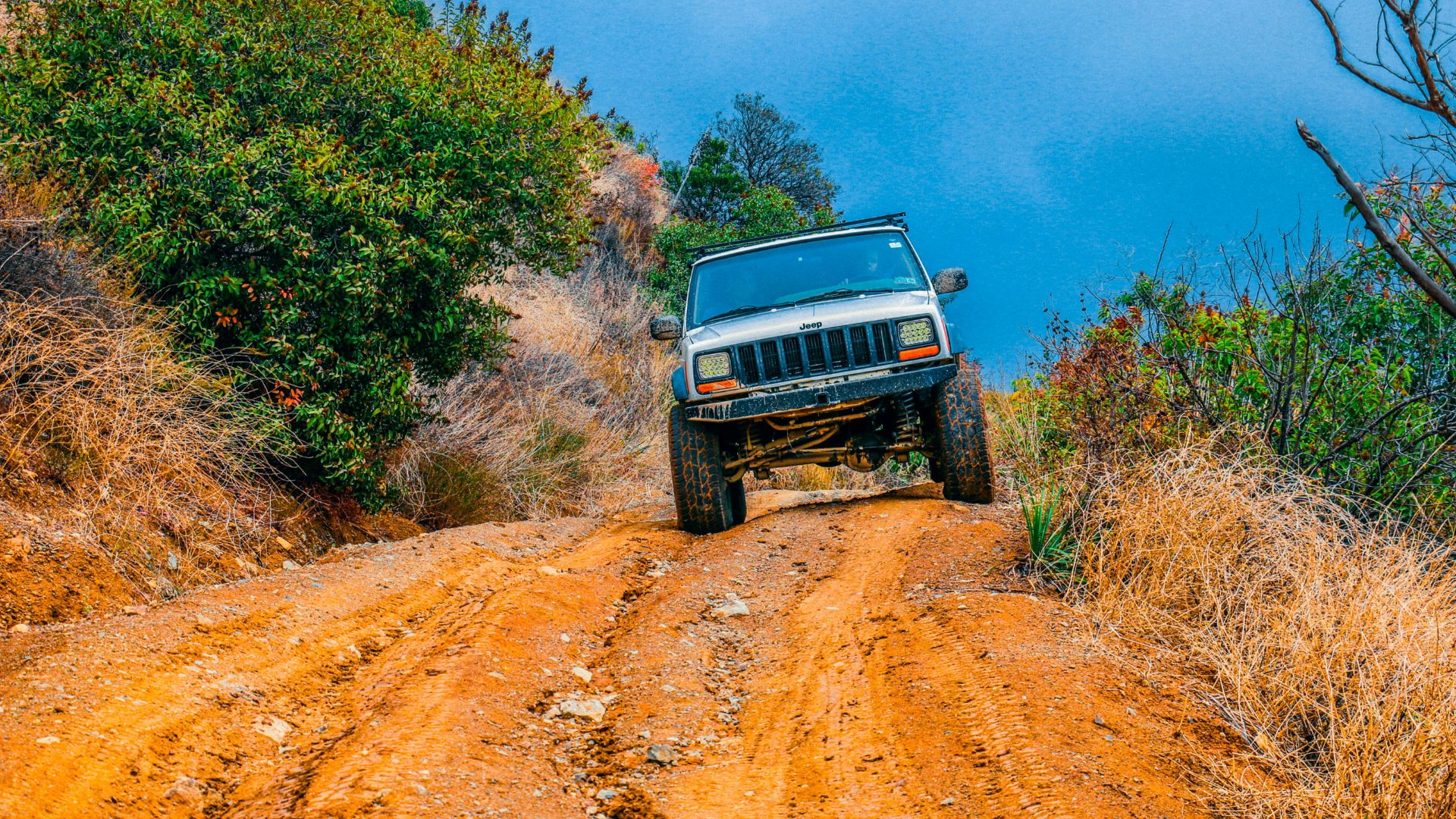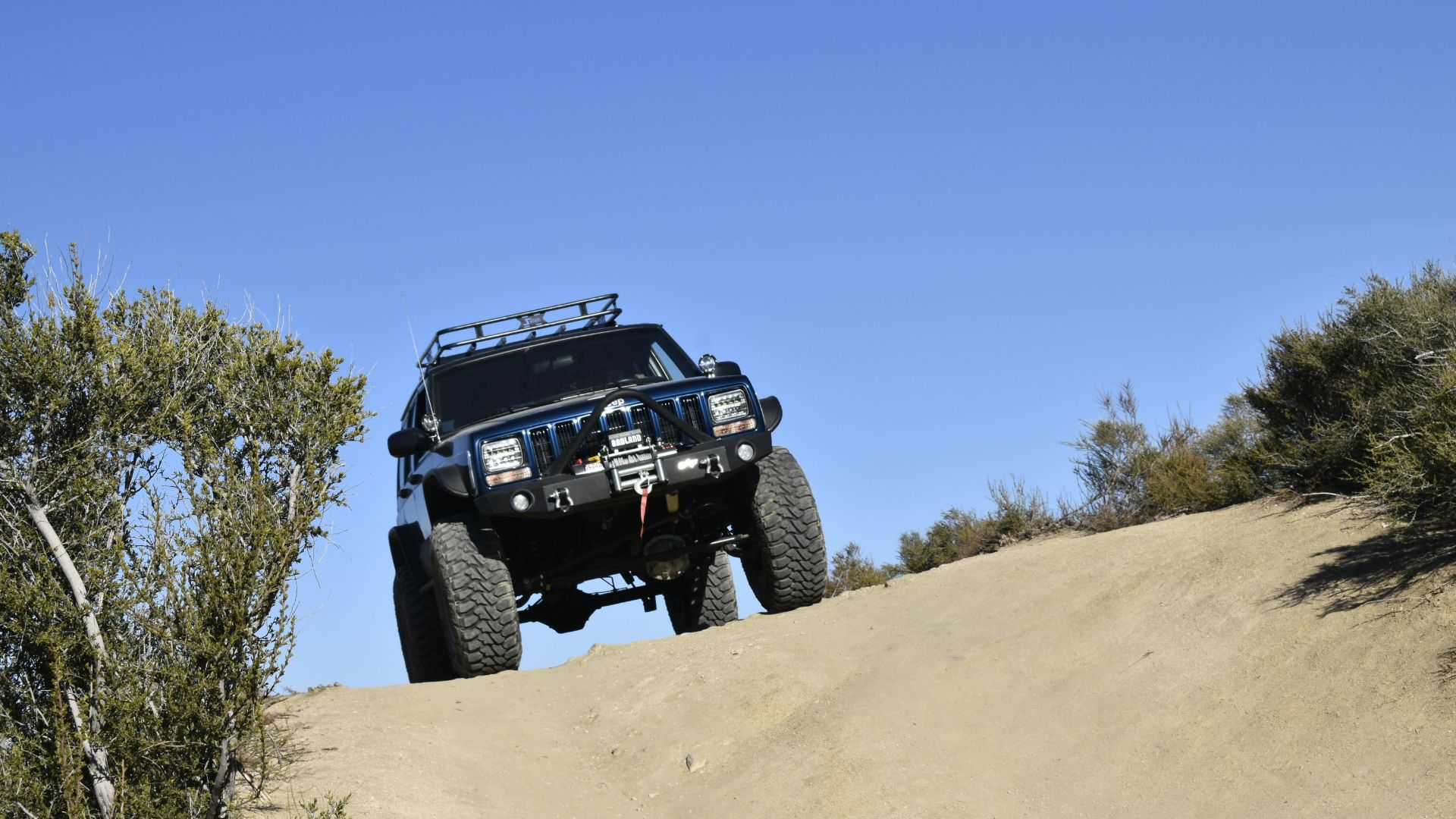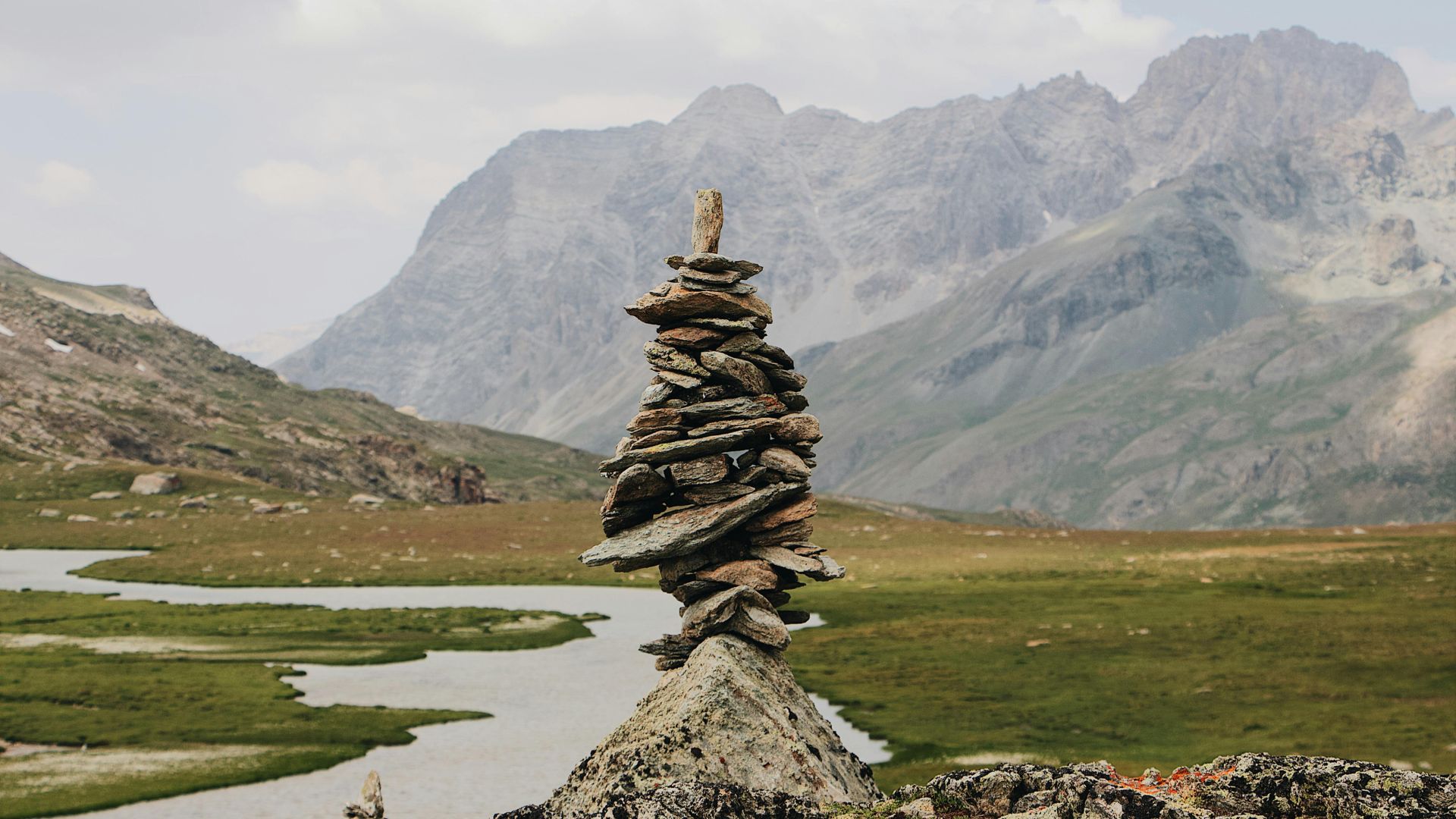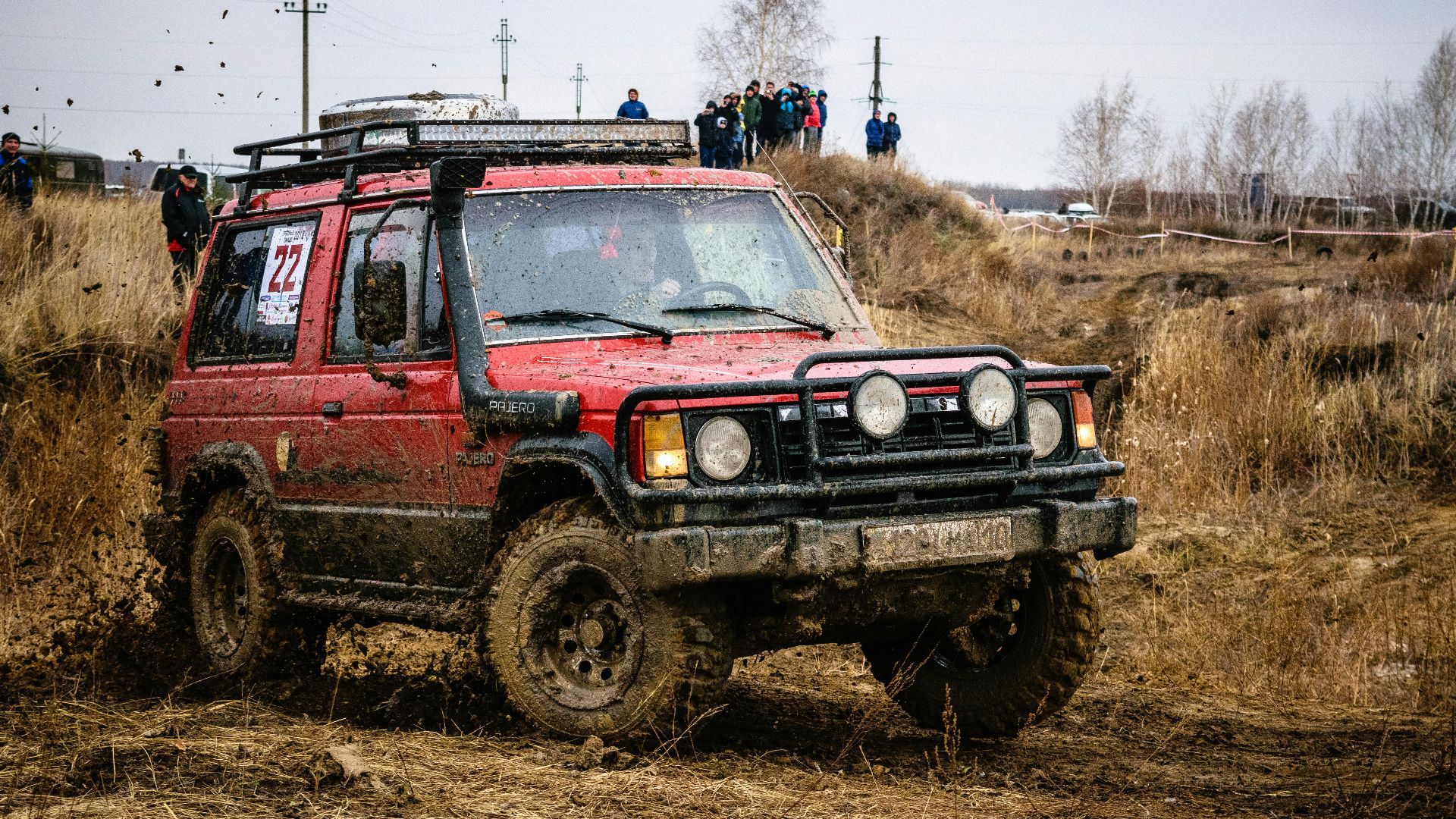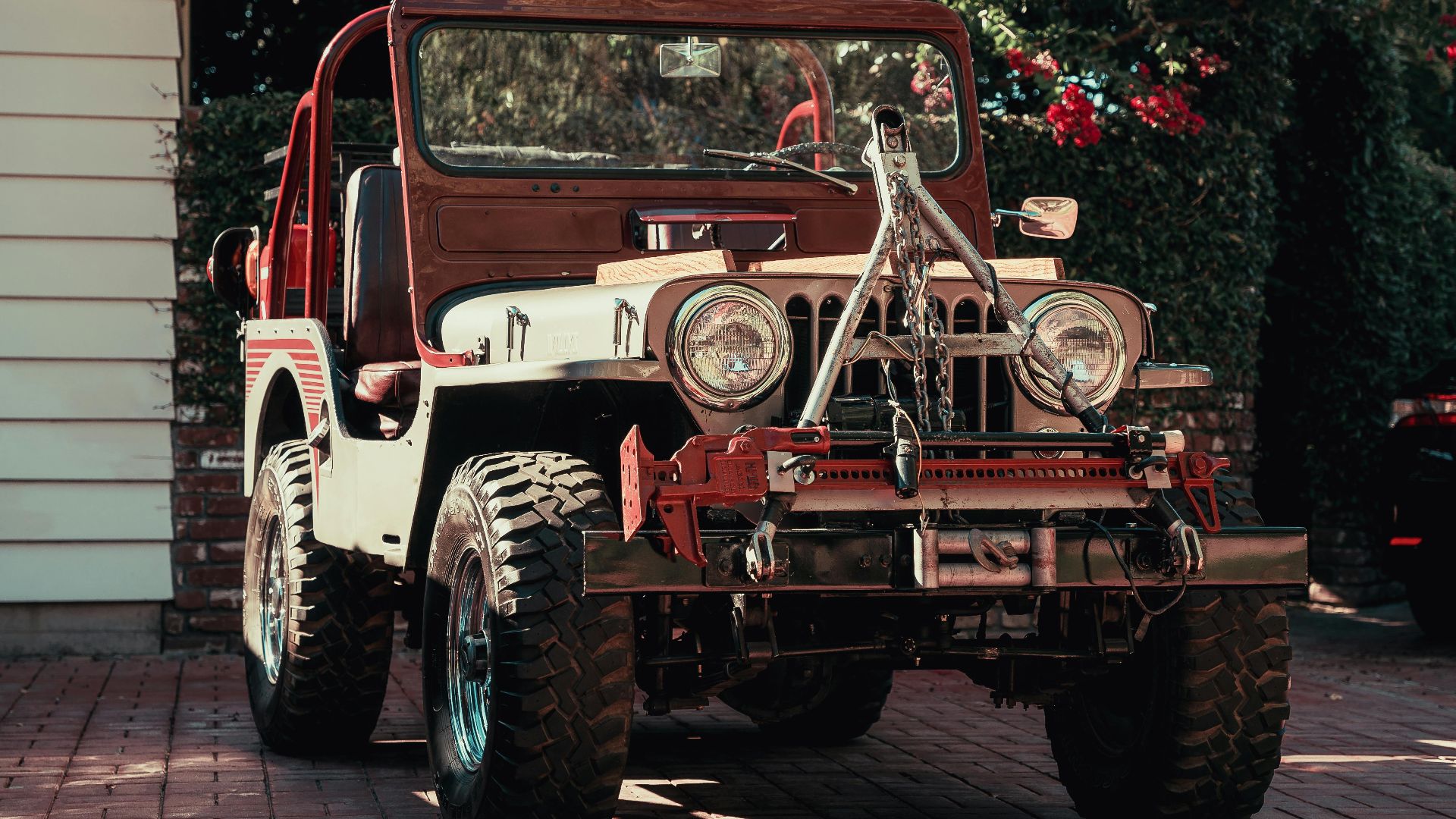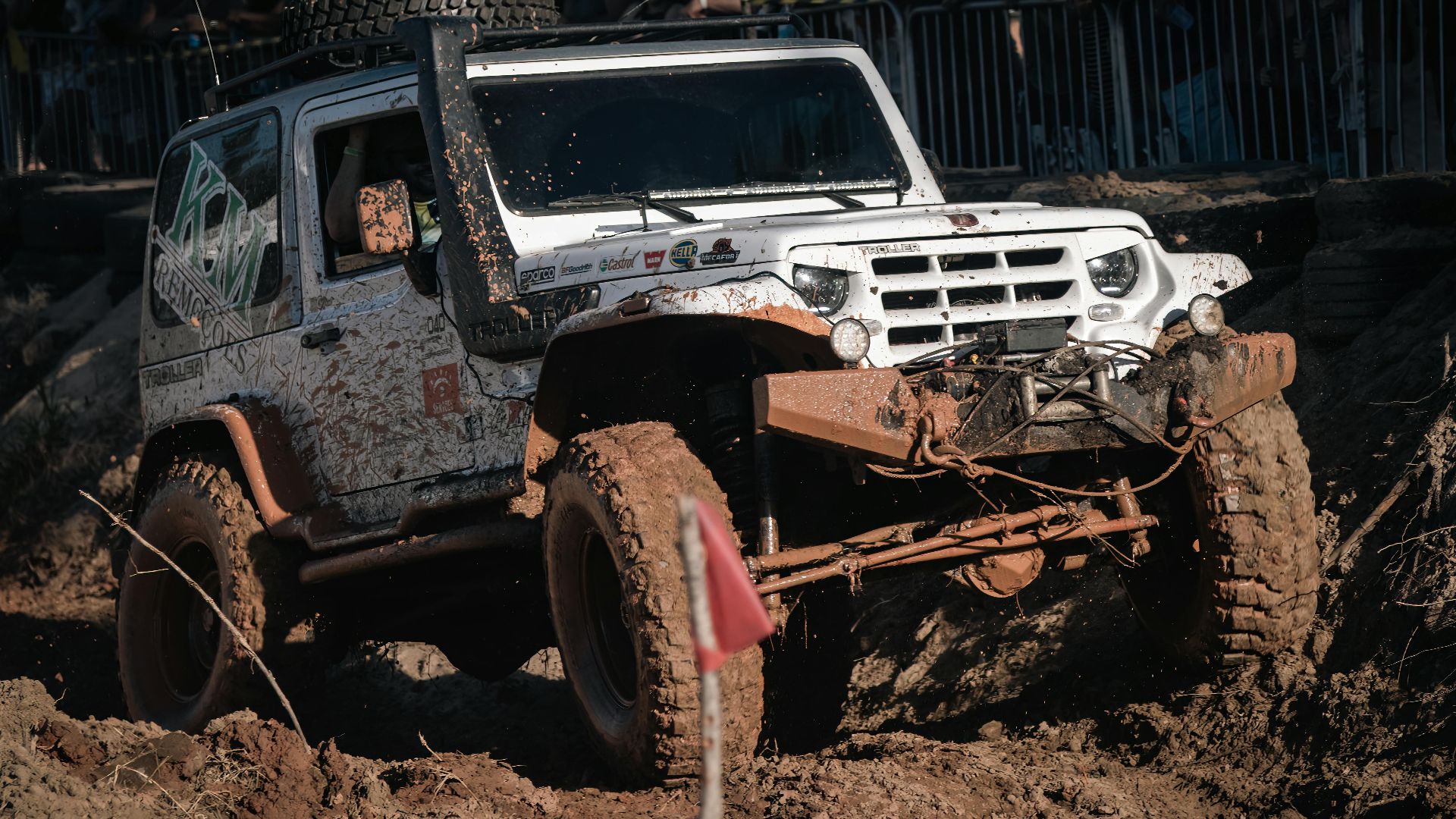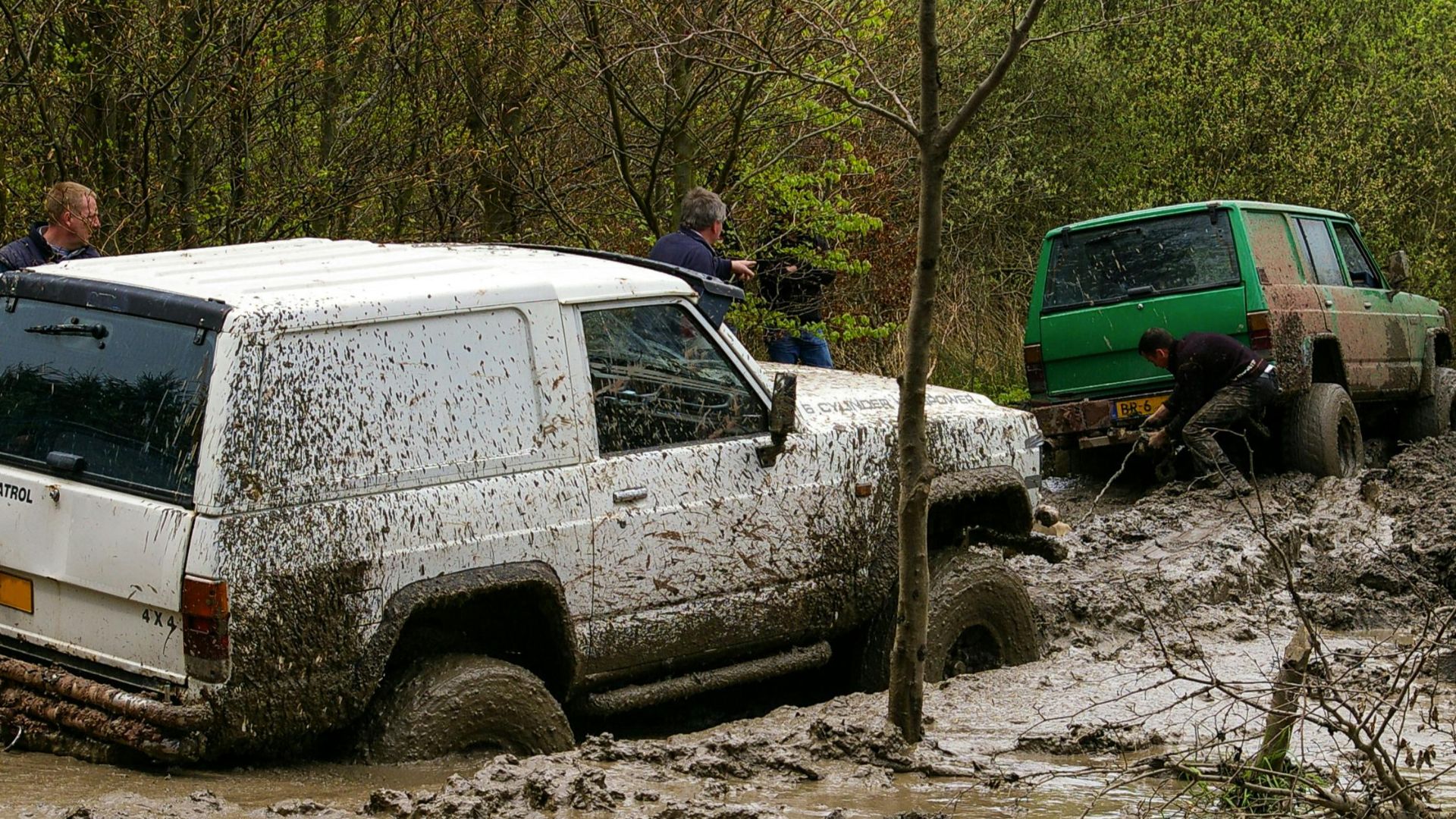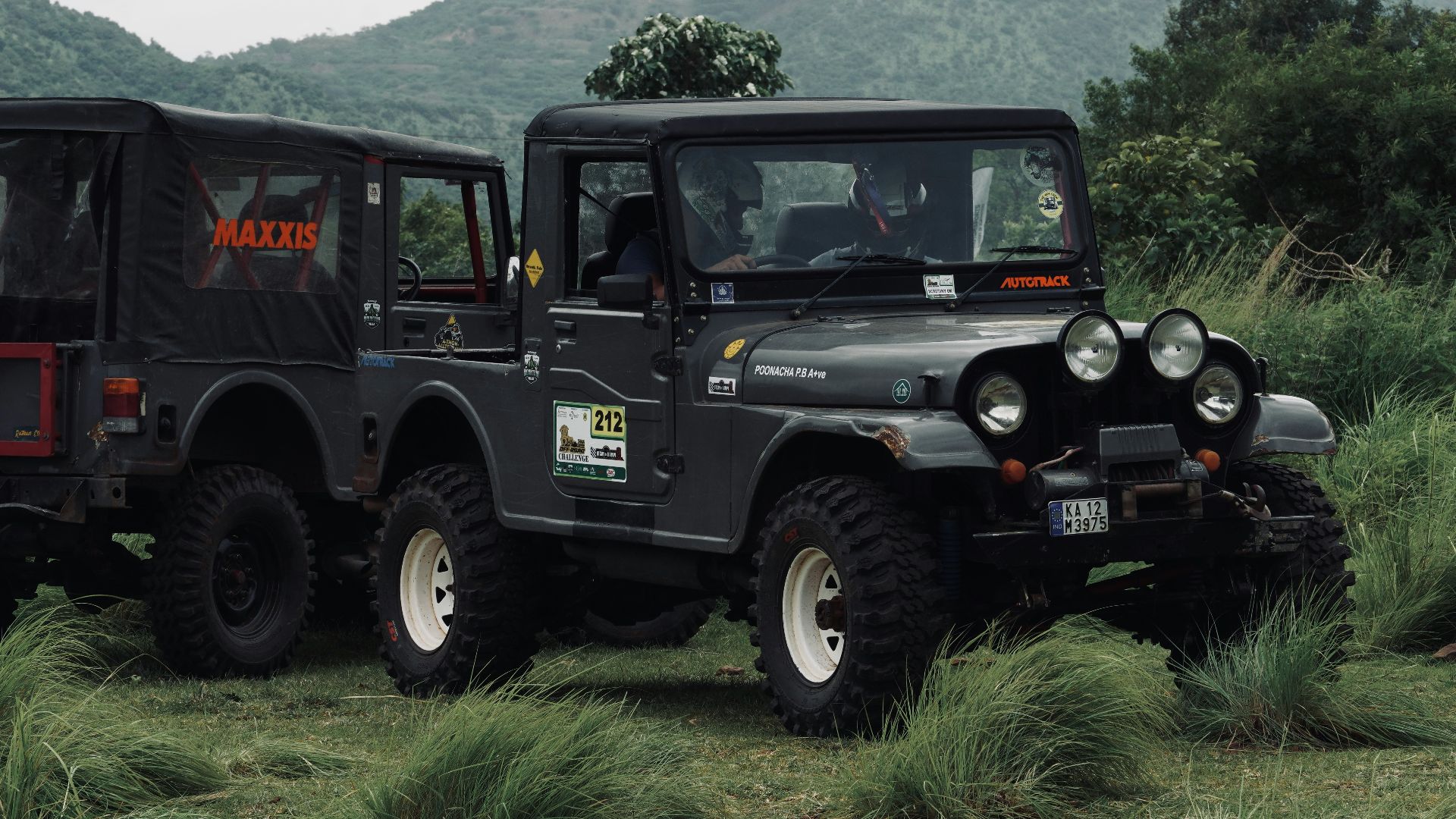Are You Ready To Go Off Road?
Your tires may grip the dirt, but off-roading tests far more than traction—it tests judgment and preparation. Every ridge, rut, and river crossing hides lessons learned the hard way by drivers who thought they were ready. This adventure demands skill and awareness more than raw horsepower. Before you blaze your next trail, explore the 20 off-roading mistakes you should steer clear of.
1. Ignoring Tire Pressure Adjustment
When your tires slip on tough terrain, wrong pressure is often to blame. However, the right adjustment improves traction and avoids damage. Smart off-roaders always carry a portable air compressor, so fixing pressure on the go is quick and keeps the adventure rolling.
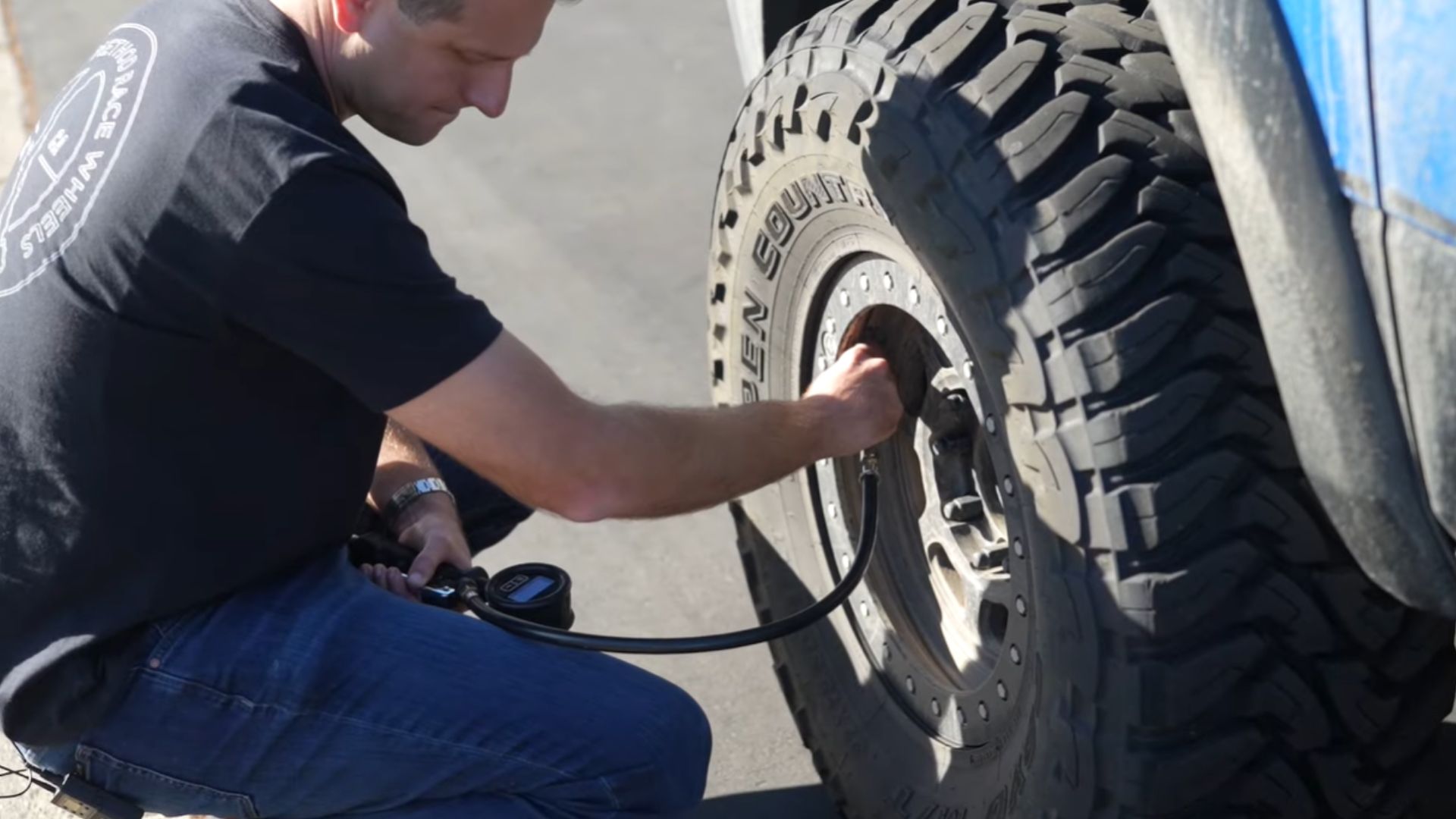 How to Set Proper Tire Pressure In Your Truck With the Chalk Line Test by CJC Off Road
How to Set Proper Tire Pressure In Your Truck With the Chalk Line Test by CJC Off Road
2. Overloading The Vehicle Beyond Capacity
Always start with your vehicle’s load limit and spread the weight evenly. It’s better to stick to essentials to keep balance and control steady, as overloading strains your suspension. It also reduces fuel efficiency and makes handling rough terrain harder than it needs to be.
3. Forgetting To Disengage Traction Control
Traction control helps on roads but holds you back off-road. It prevents the wheel spin you sometimes need on rough trails. Experienced drivers switch it off when necessary—though many modern vehicles now handle these adjustments automatically for better performance.
4. Driving Alone Without A Companion Vehicle
Going solo might sound exciting, but getting stranded without help isn’t fun. A buddy vehicle means shared recovery gear, extra muscle, and safer travels. Plus, it makes the trip better with more teamwork and more great trail memories together.
5. Neglecting Pre-Trip Vehicle Inspection
A quick thirty-minute inspection can save your whole trip. Check fluids, tires, brakes, and lights before you hit the trail. Make sure you’ve got the right tools and spares. Catching small problems early prevents big breakdowns when you’re far from help.
6. Failing To Carry A Recovery Kit
Getting stuck happens—even to pros. Without recovery gear, it can turn serious fast. Pack the basics: everything from tow straps to traction boards. Learn how to use them beforehand so when things get messy, you’re ready to get moving again.
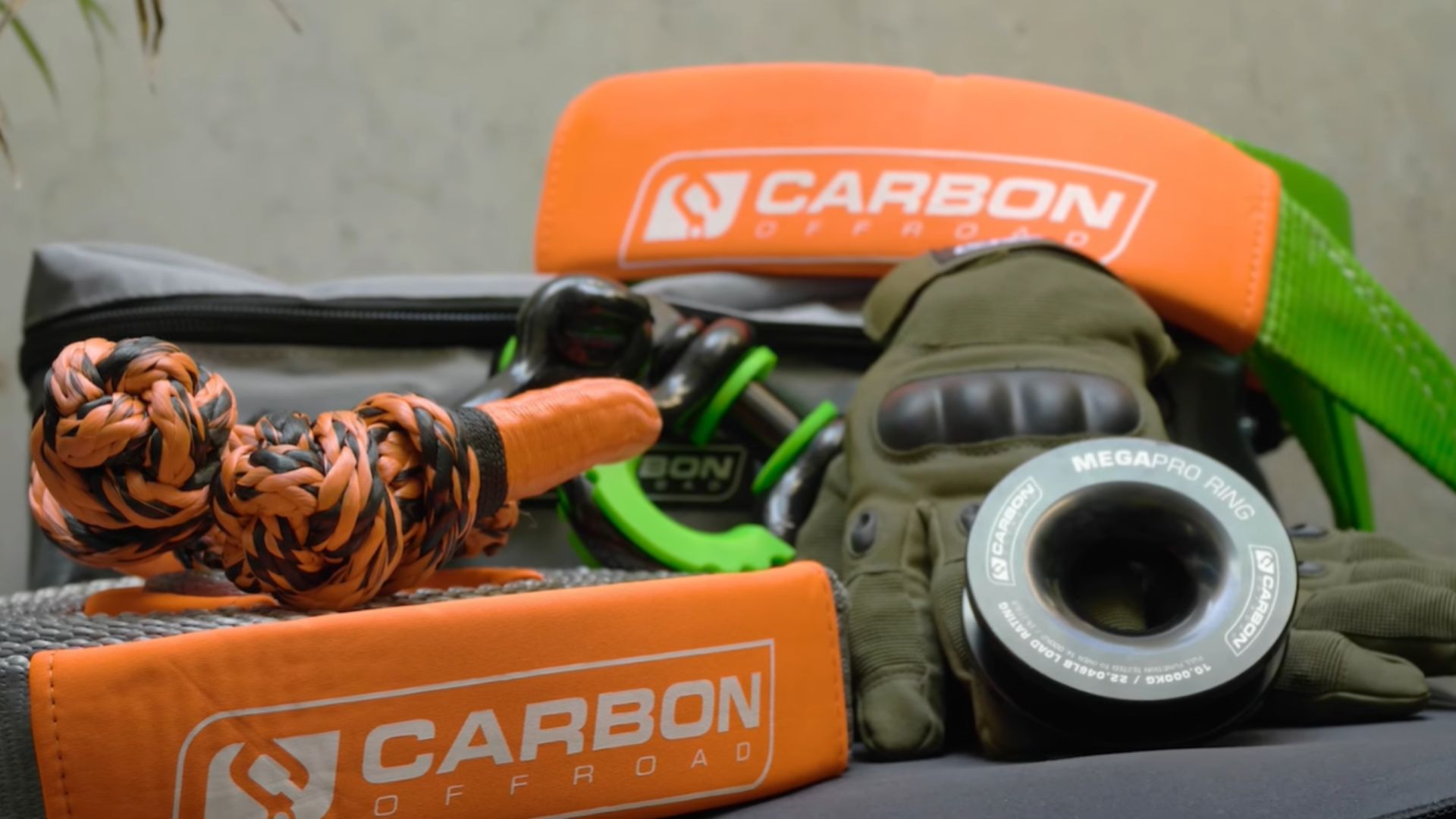 Carbon Offroad Essential Recovery Kit Explained by Carbon Offroad Australia
Carbon Offroad Essential Recovery Kit Explained by Carbon Offroad Australia
7. Misjudging Water Depth In Crossings
Always scout a water crossing before driving through. Walk it if you can to check depth, and look for obstacles like rocks or deep holes. Taking a few minutes to plan prevents flooding and a whole lot of regret later.
8. Using Highway Tires On Off-Road Terrain
Highway tires aren’t built for rocks or mud. Off-road tires have stronger treads made to grip, climb, and push through tough surfaces. Some are even designed for specific conditions like sand or rock crawling—keeping you out of costly stuck situations.
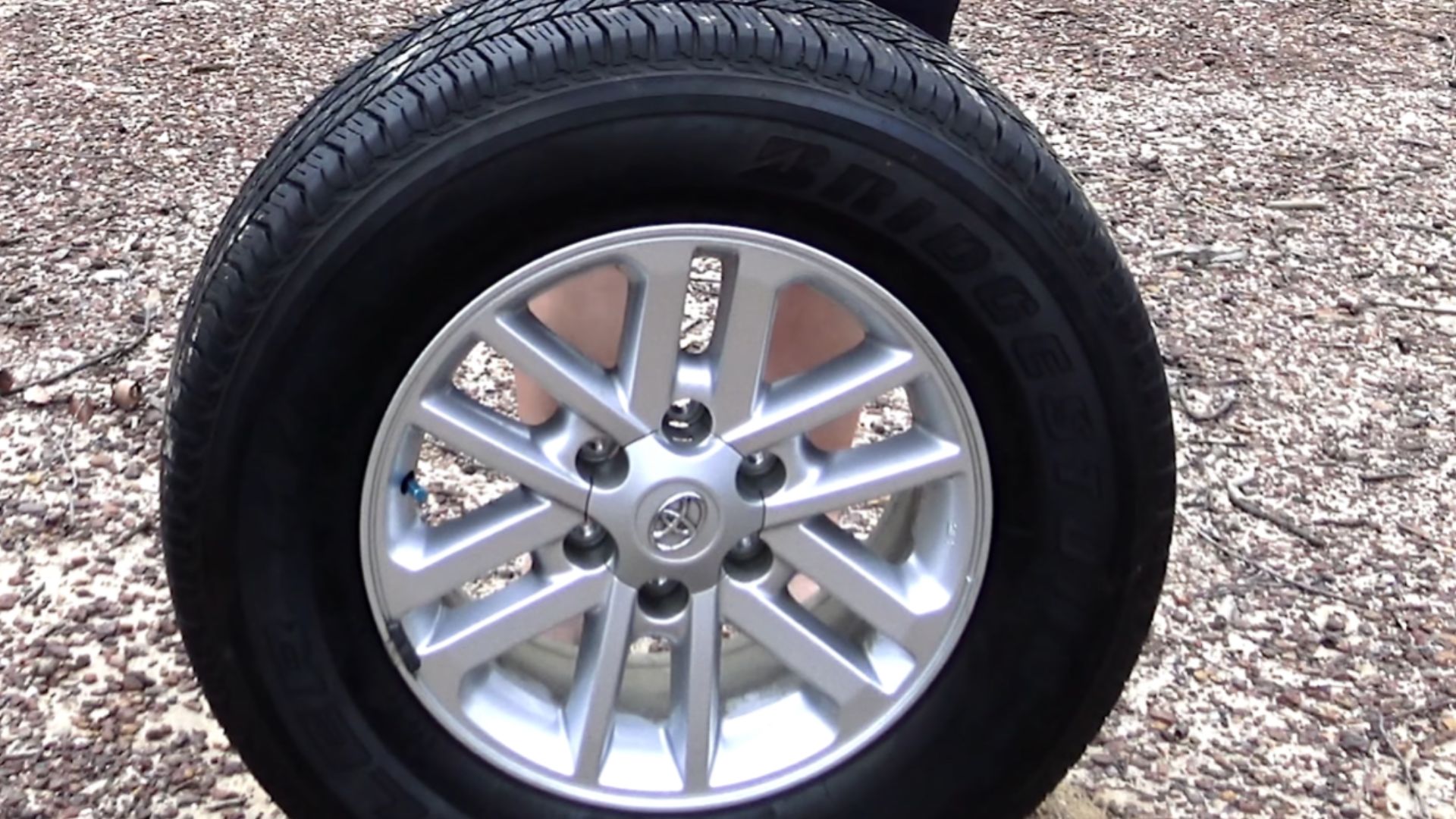 The Pros and Cons of H/T vs A/T vs M/T by TLR 4X4
The Pros and Cons of H/T vs A/T vs M/T by TLR 4X4
9. Driving Too Fast Over Rough Ground
Speed doesn’t mean skill off-road. Going too fast on uneven terrain kills control and damages suspension. It also shortens reaction time. Real off-road mastery is about slow, smart driving and letting skill outshine speed.
10. Forgetting To Check Weather Conditions
After years of guiding off-road trips, weather awareness remains rule number one. Trail conditions can shift fast with changing skies—easy paths turn dangerous in hours. Smart drivers always check forecasts before departure and know when worsening weather calls for retreat. No trail beats safety.
11. Not Using Low Gear In Steep Descents
Here’s a key off-road principle: steep descents need low gear, not nonstop braking. Your transmission’s 4-Low engages engine braking, keeping speed steady and brakes cool. Think of it as letting your powertrain handle the work instead of burning through your brake pads.
12. Over-Relying On GPS Without Offline Maps
GPS does not have your back off-road. Satellite signals vanish easily in remote areas, which can leave you lost in the middle of nowhere. Smart explorers always pack paper maps, while savvy drivers use trail apps with downloadable maps for backup confidence.
13. Ignoring Trail Markers And Boundaries
What begins as a small detour off marked trails can quickly spiral into serious trouble. Beyond risking fines and trespassing, ignoring markers harms protected habitats. This disregard puts access at risk for everyone who values and enjoys these off-roading areas.
14. Neglecting To Clean Mud And Debris After The Trip
Mud and debris left behind after off-roading can corrode and wear down vital parts. Those dirty souvenirs even spread invasive species between trails. A proper post-trip wash keeps your vehicle running smoothly and helps protect the environment too.
15. Skipping Winch Maintenance And Cable Inspection
Before tackling trails, create a routine to inspect your winch and catch frayed cables early. It’s best to use winch blankets with lightweight synthetic lines instead of steel. Skip maintenance, and you’re basically inviting a recovery failure when you need it most.
16. Attempting Obstacles Beyond Skill Level
True off-road skill builds step by step. Beginners should avoid advanced trails too early, as inexperience raises accident risks. Start with easy routes, use spotters for tricky sections, scout tough areas first, and only move on once your control and confidence steadily improve.
17. Using The Wrong Recovery Points During Towing
Attaching straps to bumpers or suspension parts can destroy your frame and alignment. The safe method uses factory-designed recovery points, like strong hooks or loops. These ensure a secure, damage-free tow when the terrain turns challenging and demanding.
18. Leaving Without A Full Fuel Tank
Running out of fuel in remote terrain turns adventure into an emergency. Remember that off-road driving burns much more gas than highway cruising. So, always start with full tanks and carry spare fuel containers or jerry cans for long, unpredictable routes.
19. Overheating The Engine Due To Constant High RPM
Constant high RPMs can overheat and damage your engine, especially in rough terrain or hot weather. Keep an eye on temperature gauges, avoid prolonged high revs, and take cooling breaks. A few smart pauses keep your engine healthy and your adventure worry-free.
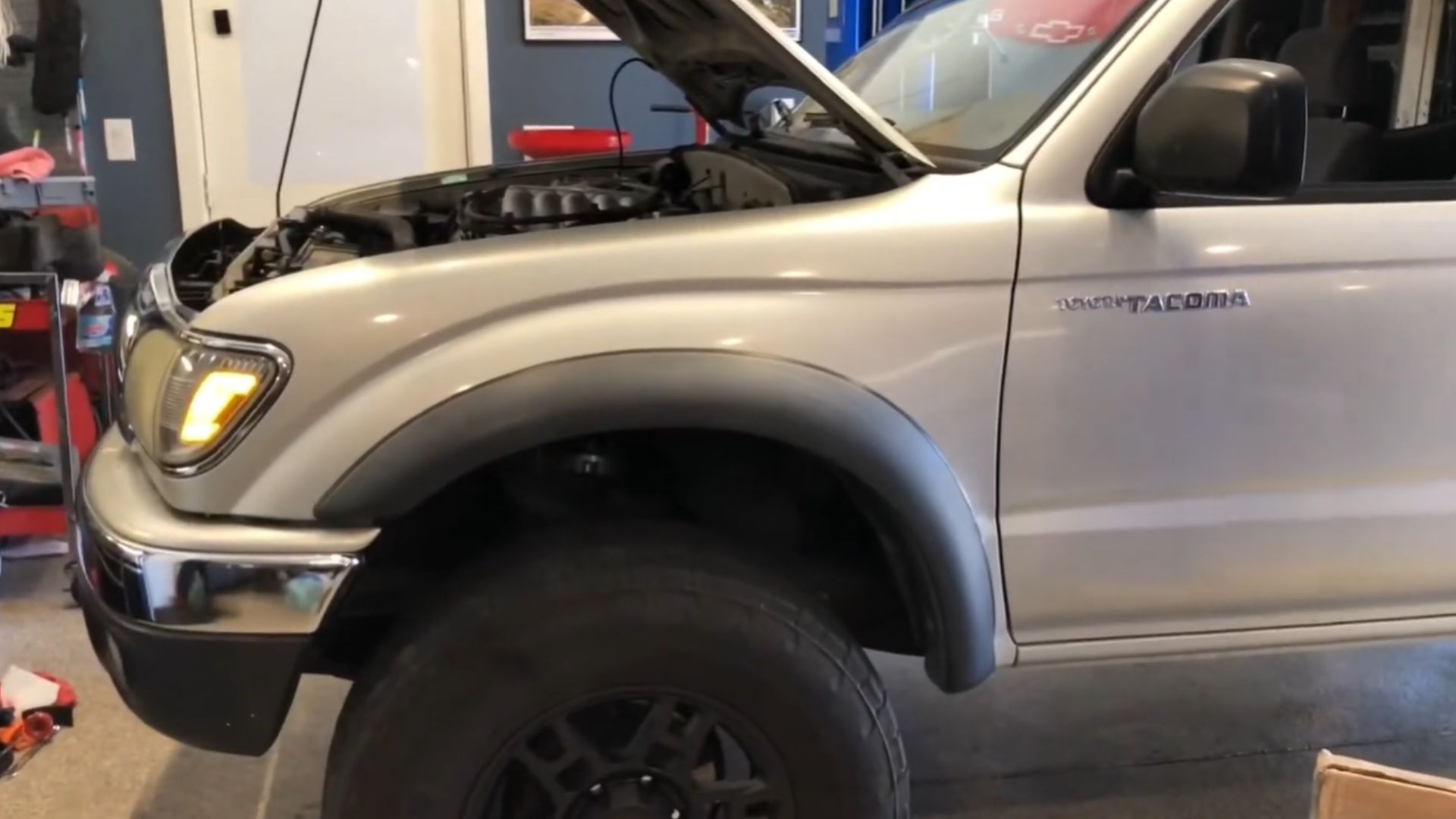 Overheating 2004 Toyota Tacoma. by Meitz Motorsports
Overheating 2004 Toyota Tacoma. by Meitz Motorsports
20. Not Communicating Route Plans To Someone Else
Old-school wisdom still holds true—always tell someone your route before heading out. Today’s off-roaders add safety by carrying satellite phones or two-way radios for remote contact. When tech fails, simple hand signals still save time and prevent rescue teams from scrambling unnecessarily.


